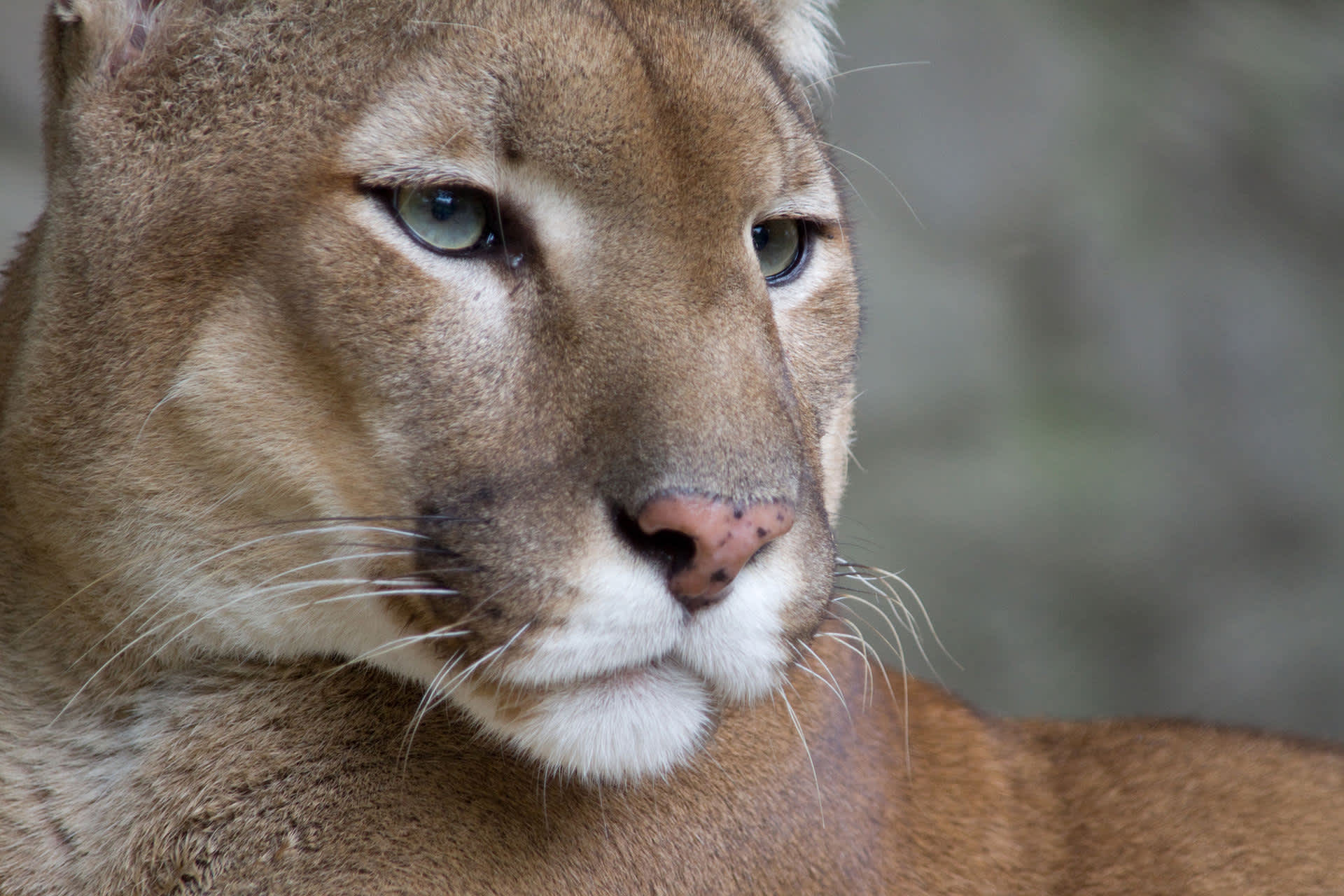Mountain Lion Eats Porcupine, Killed by Quills from the Inside
OutdoorHub Reporters 01.11.15

Mountain lions are among the most powerful predators in North America, yet even they sometimes keep their distance from porcupines. Although the large cats are known to occasionally prey on the spiky critters, they do not do so without risk—and they do not always succeed. Researchers with Panthera’s Teton Cougar Project recently discovered a dead female mountain lion near Jackson Hole, Wyoming. Upon conducting a necropsy, scientists found that the cat’s internal organs became a pincushion for the porcupine’s quills, and they were the main cause of her death. The cat died some five weeks after it consumed the porcupine.
“Should the quills avoid large bones and vital organs, they can work their way straight through an animal with enough time and come out the other side several months after the encounter,” Mark Elbroch, the leader of the Teton Cougar Project, wrote in his blog on NationalGeographic.com. “But if they do puncture vital organs, the porcupine may kill their attacker slowly, even long after the porcupine was killed itself.”
The deceased mountain lion, a small, 16-month old orphan designated F99, was only 40 pounds by the time her carcass was found. Researchers believed that it was likely the first time that the young cat ever saw a porcupine. Elbroch noted that the feline was already an accomplished hunter, but may have had some difficulty with actually eating its unfamiliar prey. Some mountain lions will actually develop a taste for porcupines, and expertly skin the animals after slaying them. Unfortunately for F99, her attempt to eat the porcupine ended in disaster.
Sometime during the struggle or perhaps while trying to consume the porcupine, a number of sharp quills became embedded in the cat’s chest. A porcupine quill is tipped with hundreds of tiny barbs, which makes it difficult to remove enables it to travel deeper into its victim through movement. Over time, the quills stuck in F99 migrated to her lungs, killing her from the inside.
“A necropsy performed by Dr. Maura Connolly revealed that the porcupine had killed her,” Elbroch wrote. “Her entire chest cavity was dotted with wounds from migrating quills that entered through her chest—and the quills themselves were evident in her lungs, chest cavity walls, and bloody fibrin (clots that formed where there were internal wounds). One lung had completely failed and consolidated, and the other was wounded significantly.”
The researchers found the cat slumped over the carcass of an elk that she had been scavenging. At just 40 pounds, Elbroch said that the cat was astoundingly small even for her age.
“She was tiny—she was like a midget,” Elbroch told The Jackson Hole News and Guide. “Her ovaries had not developed at all. They were, according to the vet, the size of a 6-month-old house cat kitten. She may have never been able to breed, and she may have been that size forever.”

